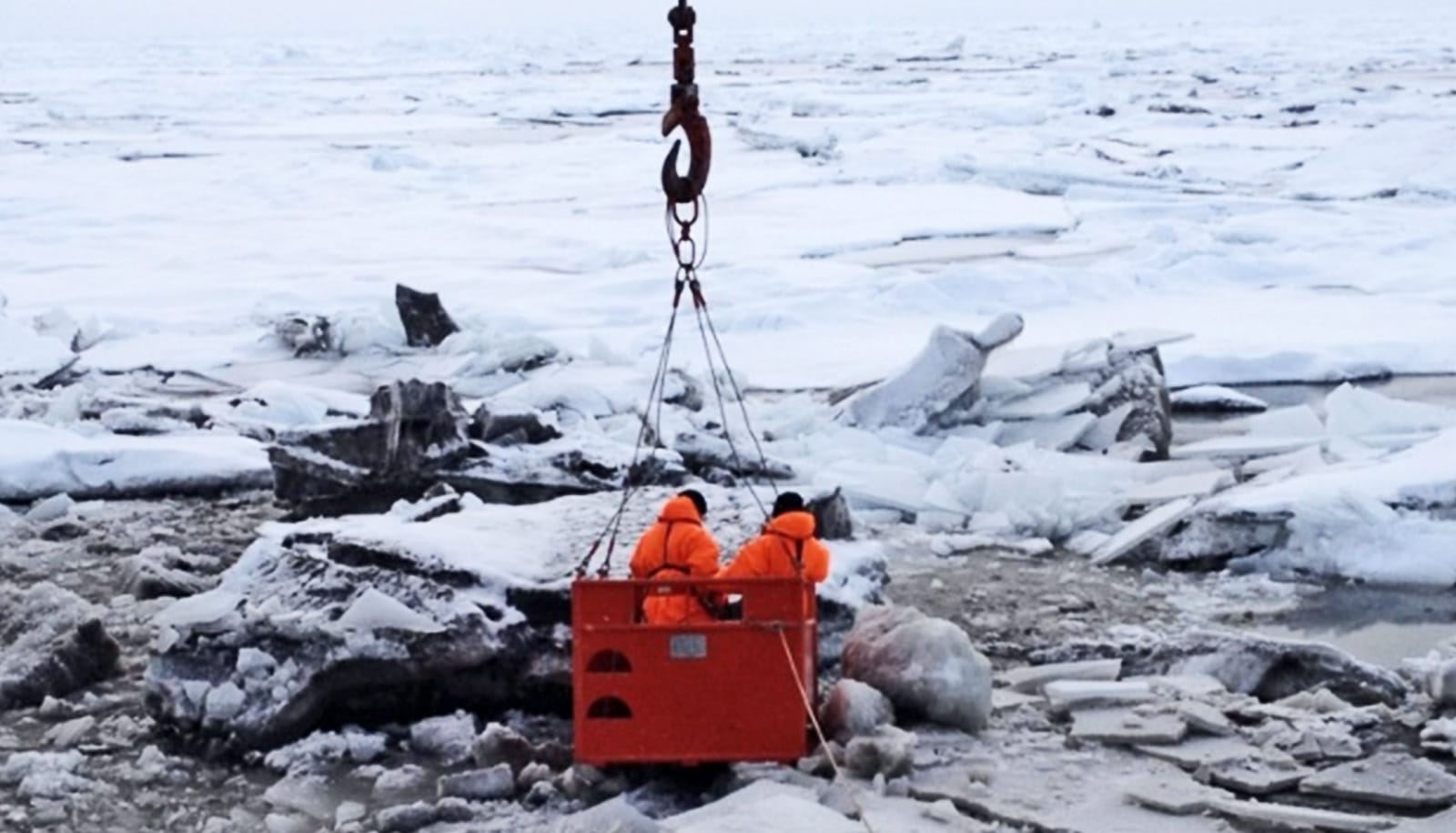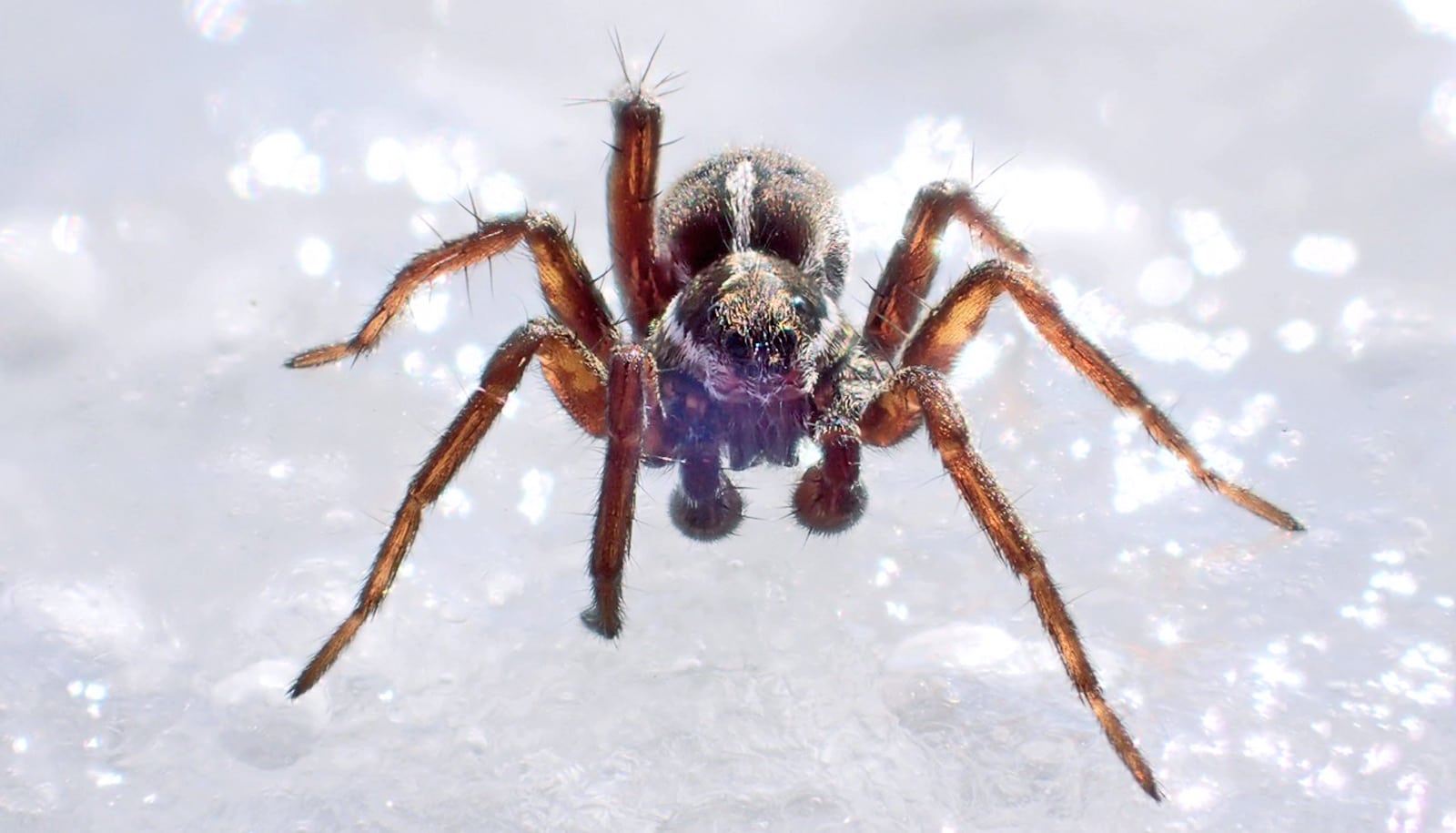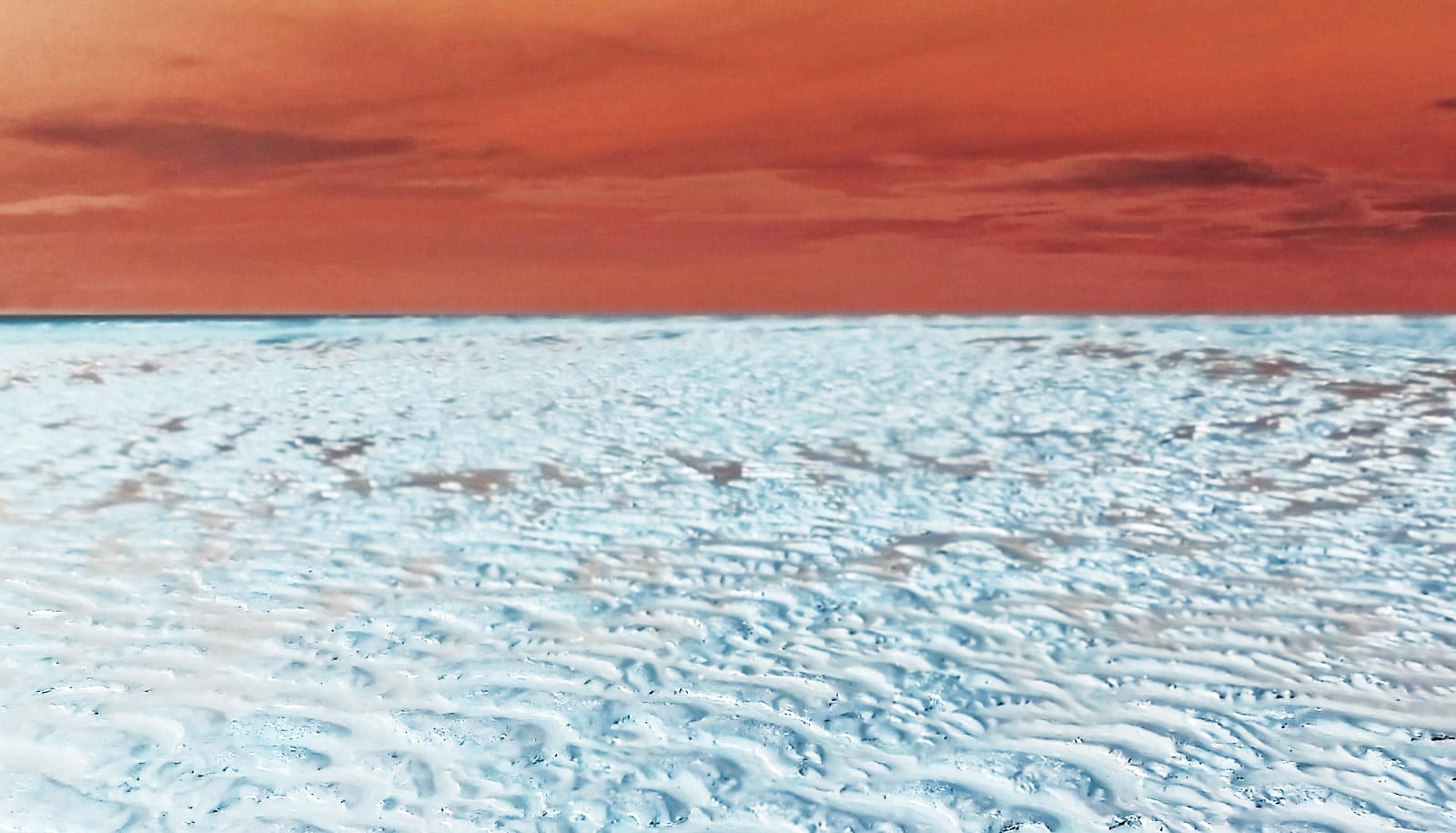The movement of sea ice between Arctic countries could raise the risk of pollutants, like microplastics and oil, spreading between neighboring coastal states, researchers say.
The study predicts that by mid-century, the average time it takes for sea ice to travel from one region to another will decrease by more than half, and the amount of sea ice exchanged between Arctic countries such as Russia, Norway, Canada, and the United States will more than triple.
Increased interest in off-shore Arctic development, as well as shipping through the Central Arctic Ocean, may increase the amount of pollutants present in Arctic waters. And contaminants in ice travels much faster than those in open water that ocean currents move.
“This means there is an increased potential for sea ice to quickly transport all kinds of materials with it, from algae to oil,” says lead author Patricia DeRepentigny from the University of Colorado at Boulder. “That’s important to consider when putting together international laws to regulate what happens in the Arctic.”
Thin sea ice moves faster
Historically, floating masses of Arctic sea ice could survive for up to 10 years: building up layers, lasting through each summer, and mostly melting locally with a small fraction transported to other regions. As the climate warms, however, that pattern has changed.
While overall, the sea ice cover is thinning—and melting entirely across vast regions in the summer—the area of new ice formed during winter is actually increasing, particularly along the Russian coastline and soon in the Central Arctic Ocean.
This thinner ice can move faster in the increasingly open waters of the Arctic, delivering the particles and pollutants it carries to waters of neighboring states.
“In a warmer climate, the faster moving ice can travel longer distances and melt in Arctic peripheral seas belonging to other neighboring states or even survive the following summer and be carried in regions across the Arctic Ocean where it melts,” says Bruno Tremblay, associate professor in the atmospheric and oceanic sciences department at McGill University.
Arctic sea ice exchange
In a previous study, the authors examined the movement of Arctic sea ice from the instrumental surface temperature record starting in 1979, when the first continuous satellite observations began.
That study was the first to document an increase in the amount of sea ice transported from one region to another over the last four decades.
“The trend was particularly clear looking at the pre-2000 and post-2000 observational records when a clear acceleration of the sea ice decline was apparent,” Tremblay says.
“The natural extension of this work, given that global climate models reproduce this observed trend, is to look at the future of ice exchange between neighboring states of the Arctic.”
For instance, Svalbard (an archipelago part of the kingdom of Norway) will see an increasingly large amount of sea ice formed along the Russian coastline and melting in its coastal waters.
Different situations, similar results
For the study, which appears in the journal Earth’s Future, the researchers used a global climate model, together with the Sea Ice Tracking Utility (SITU), track sea ice from where it forms to where it ultimately melts during the 21st century.
The researchers considered two different emissions scenarios: the more extreme “business as usual” scenario, which predicts warming of 4 to 5 degrees Celsius (7.2 to 9 degrees Fahrenheit) by 2100, and a warming scenario limited to 2 degrees Celsius (3.6 degrees Fahrenheit), inspired by the Paris Agreement. They then modeled how the sea ice will behave in both these scenarios at the middle and the end of the century.
In three of these four situations—including both mid-century predictions—the movement of sea ice between Arctic countries increased.
But in the high emissions scenario at the end of the century, they found countries could end up dealing more with their own ice and its contaminants, than ice from their neighbors. This is because with 4 degrees C or more of warming in 2100, most sea ice that freezes during winter will melt each spring in the same region where it formed.
Russia and the Central Arctic
Russia’s exclusive economic zone and the Central Arctic Ocean are two places the researchers expect more ice to form, becoming major “exporters” of ice to other regions in the Arctic.
An exclusive economic zone (EEZ) is an area extending 200 nautical miles from the coastline, over which a state has special rights regarding fishing, shipping, and industrial activities like offshore oil drilling. Five countries have exclusive economic zones in the Arctic Ocean: Canada, the US, Russia, Norway, and Denmark (Greenland).
The researchers found that the amount of ice originating from Russia that then melts in another exclusive economic zone doubles by mid-century.
However, the Central Arctic in the middle of the Arctic Ocean is a place where no country has exclusive economic rights. Due to the Arctic Ocean being more ice free in summers, this will become an attractive shipping route—especially because ships don’t need to get permission from another country to travel through it.
“The implications of this study are clear. Faster moving sea ice brings countries closer together, and local coastal pollution or pollution transported by rivers from far inland locations can have an impact on the coastal environment of even distant countries,” Tremblay says.
“The protection of one’s environment in the far north therefore must rely on the protection of the environment of all Arctic states.”
Additional coauthors are from Columbia University, Arizona State University, UC Boulder, and McGill.
The Natural Sciences and Engineering Council, the Fonds de recherche du Québec–Nature et Technologies, the Canadian Meteorological and Oceanographic Society, NSERC Discovery Program, MEOPAR, and the National Science Foundation funded the work.
Source: McGill University


